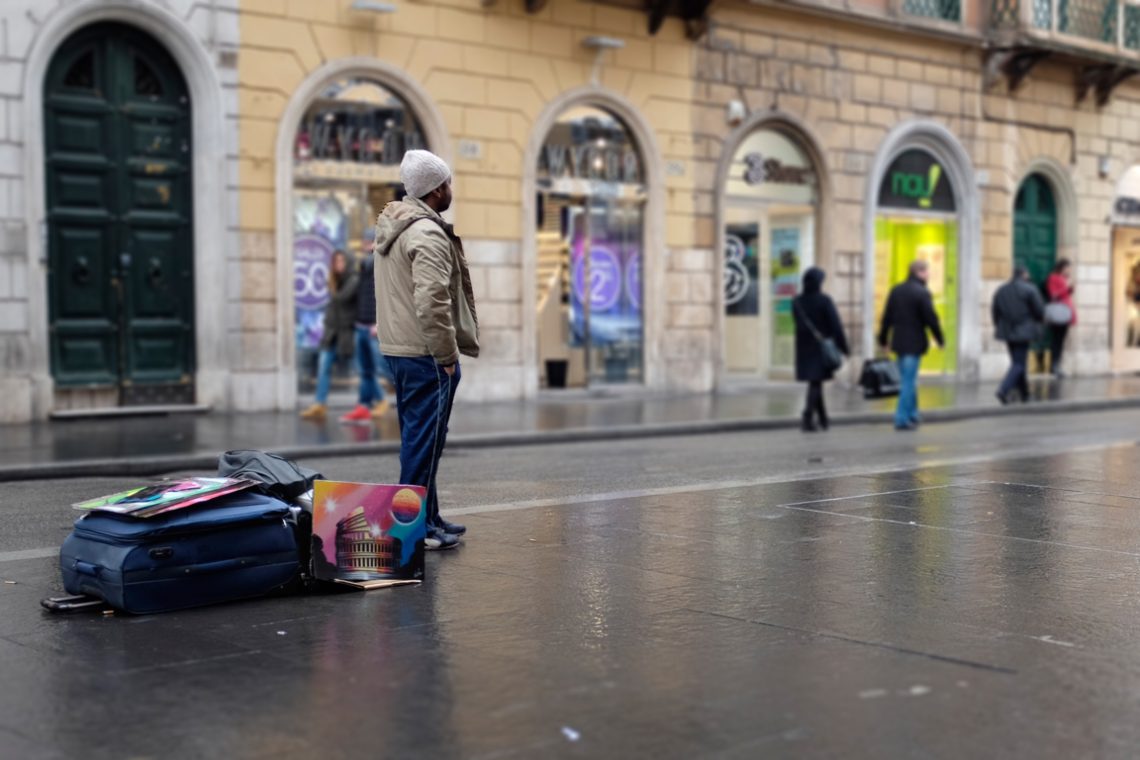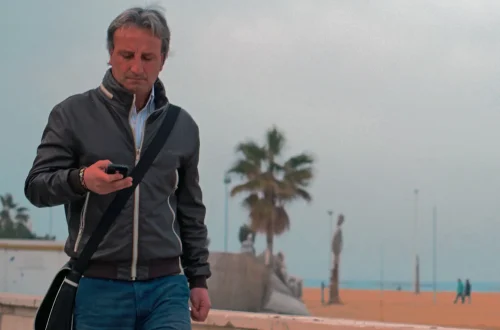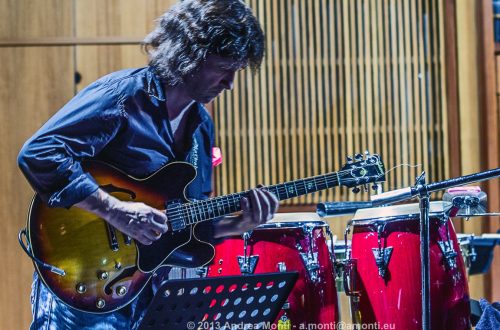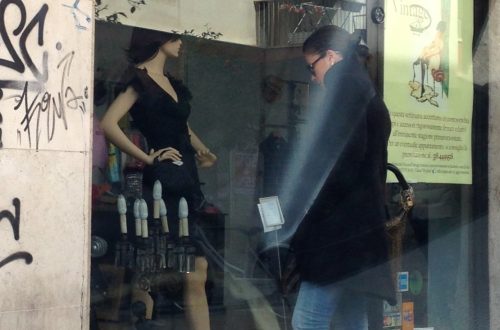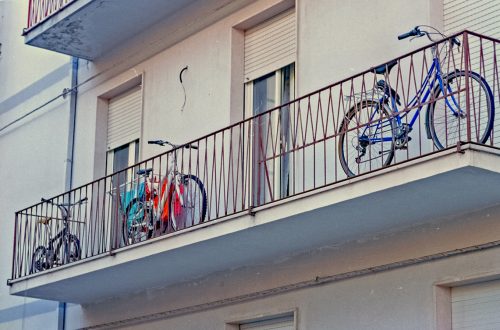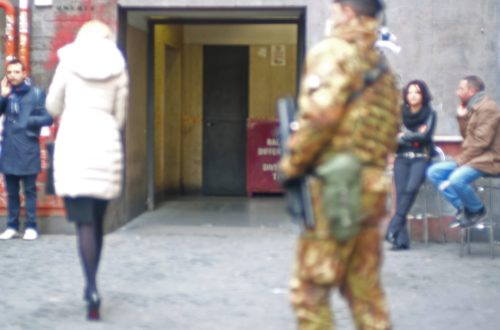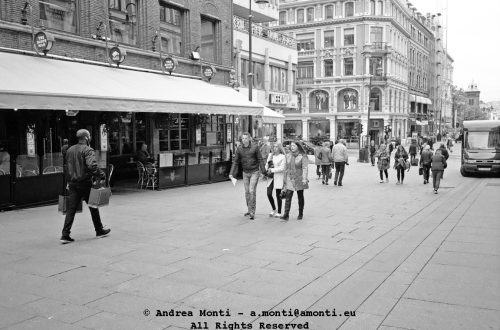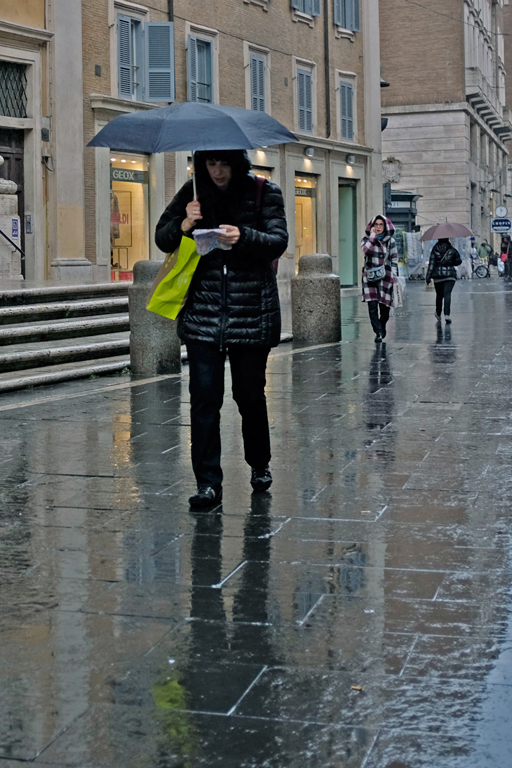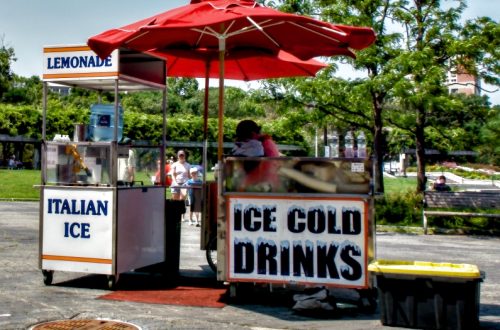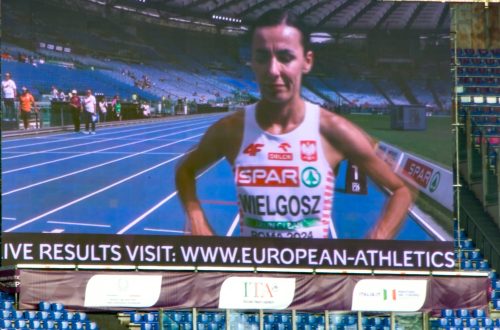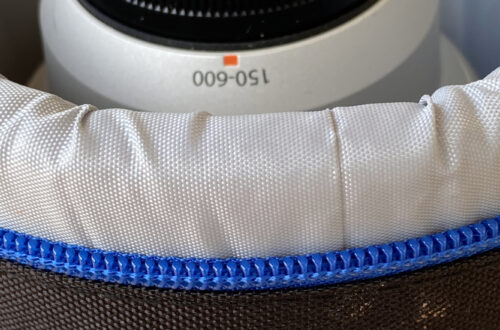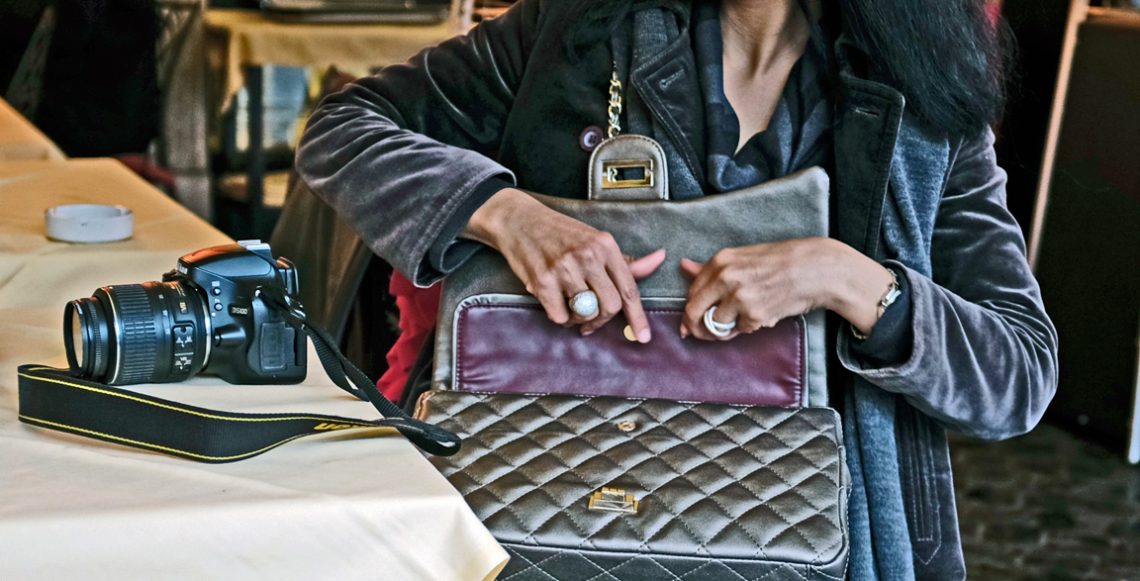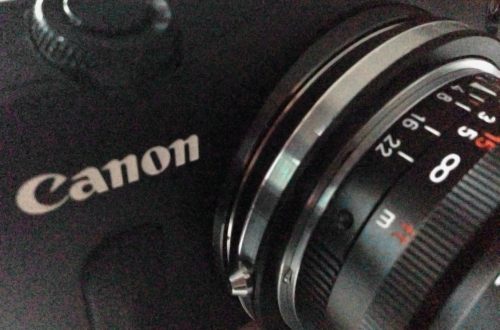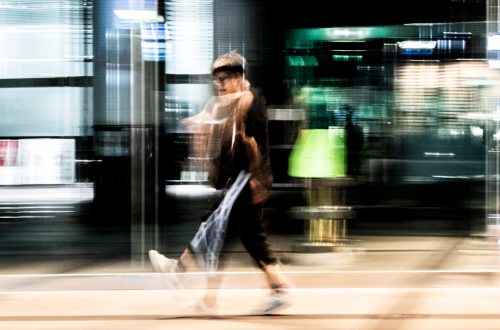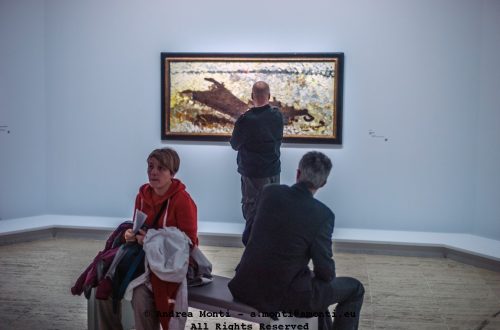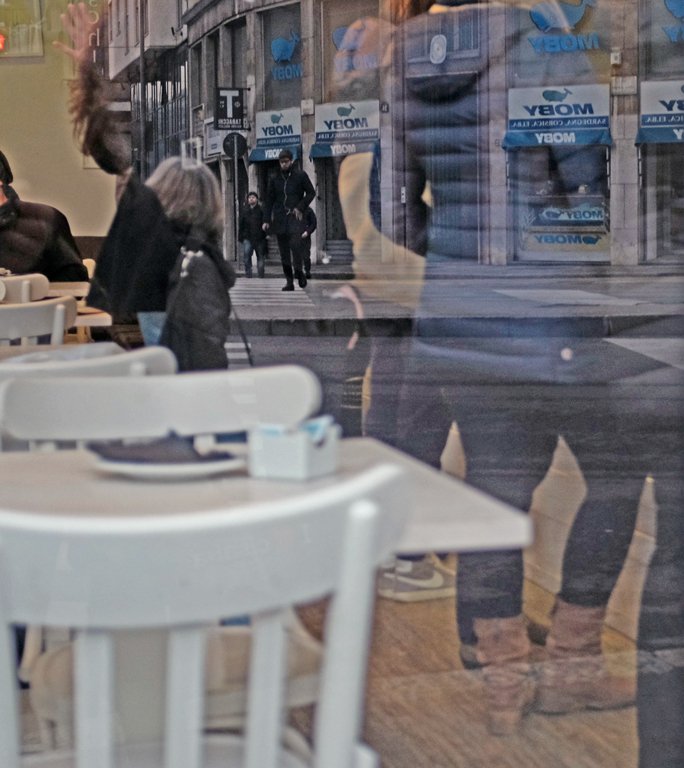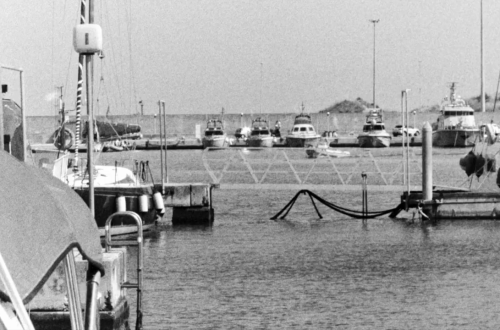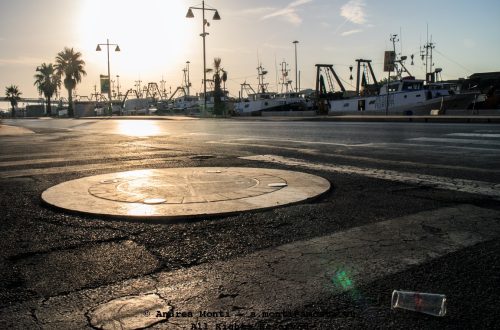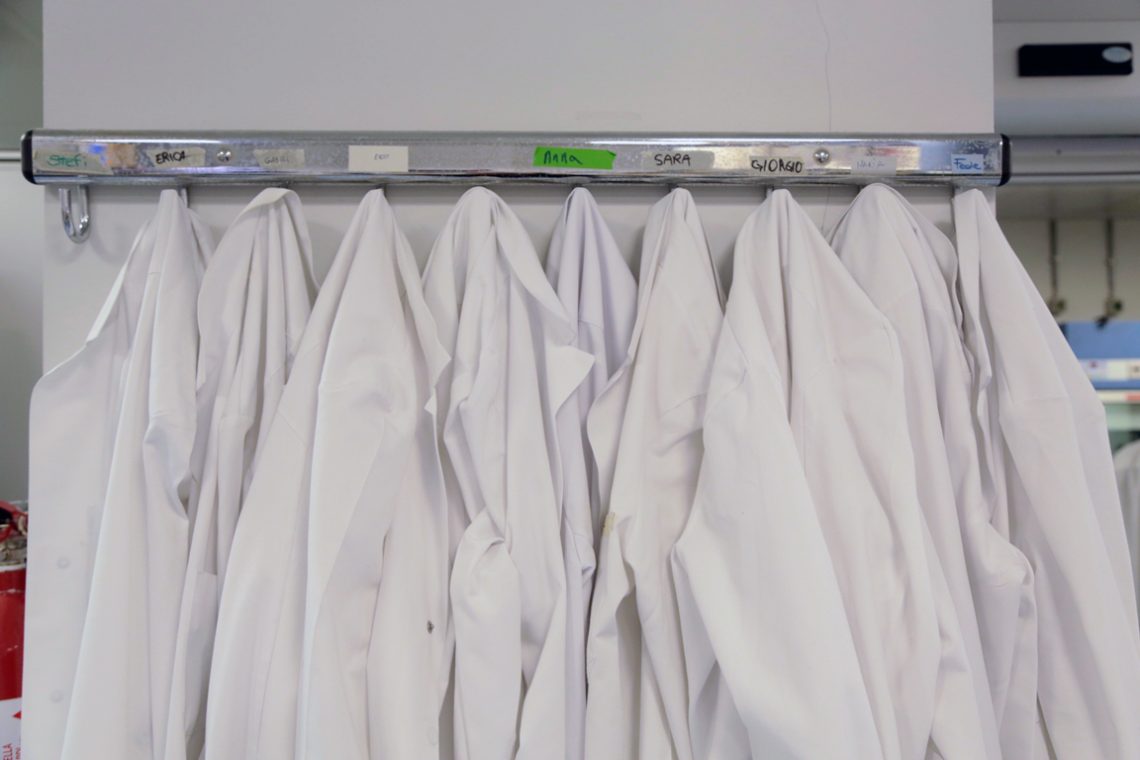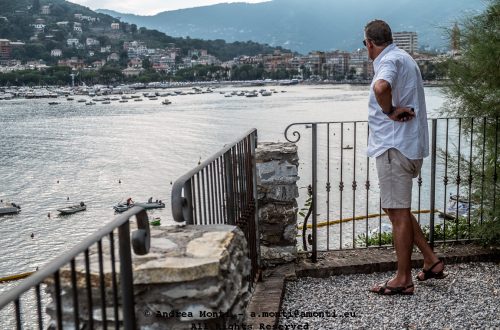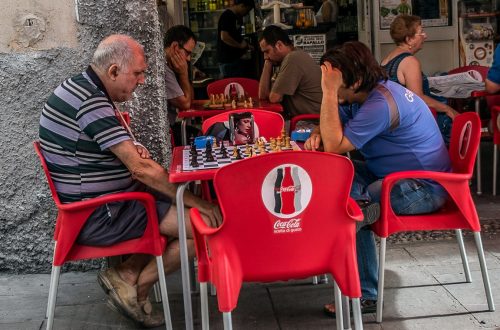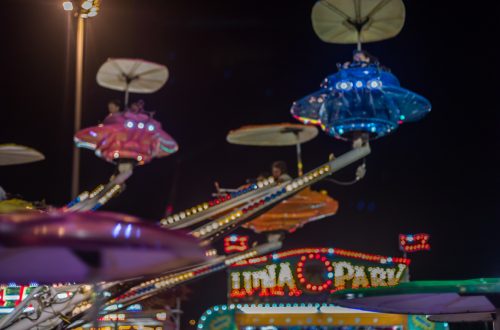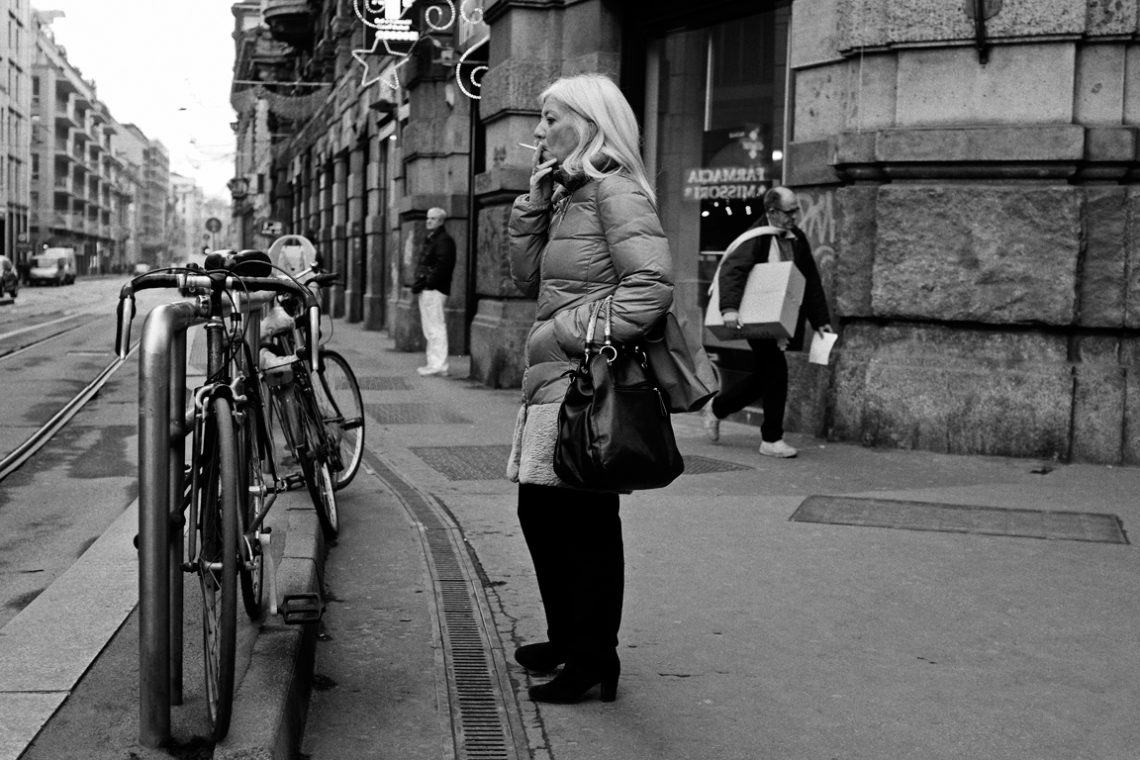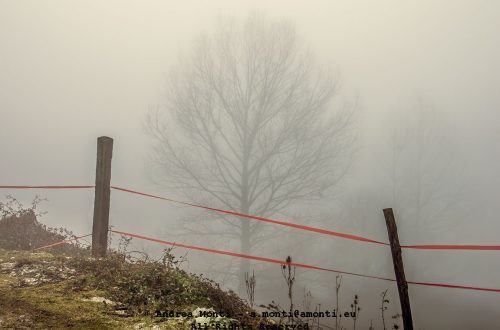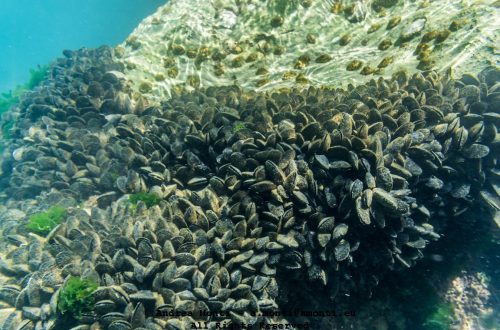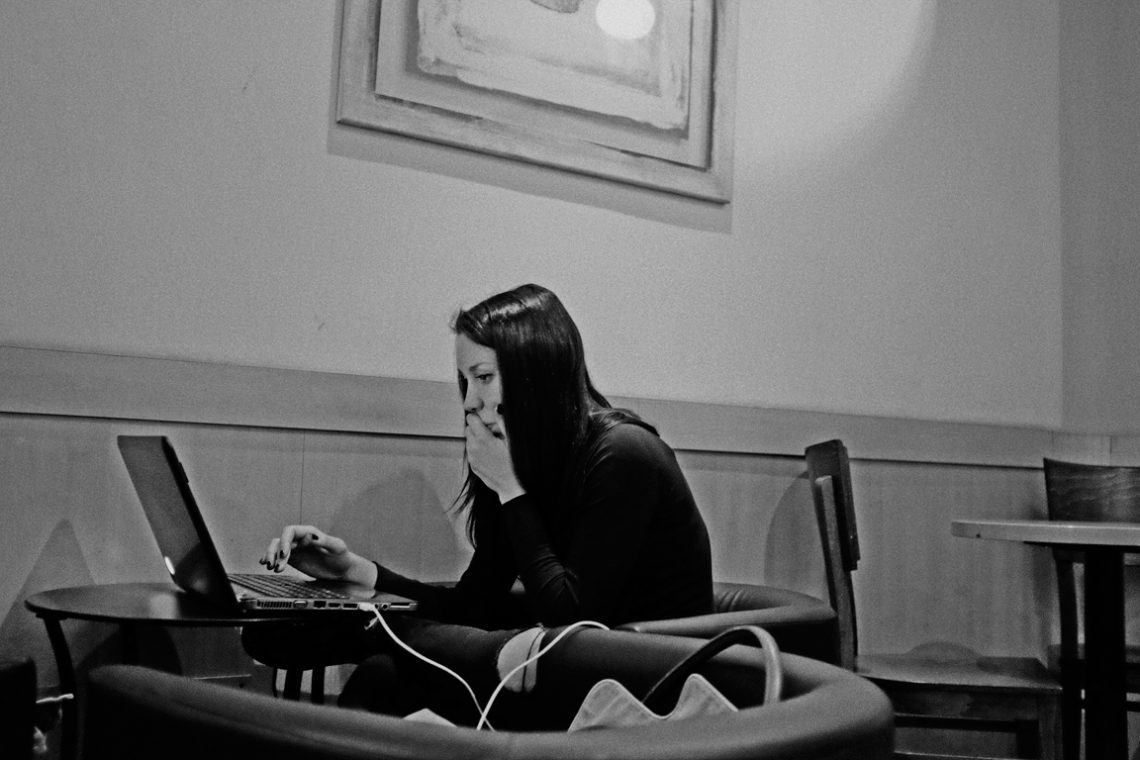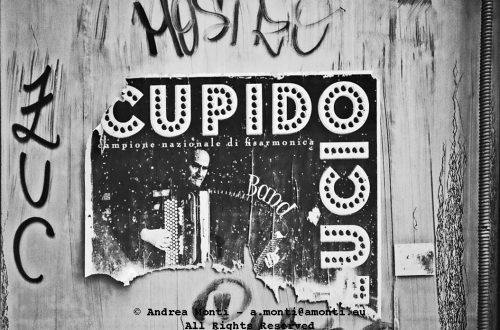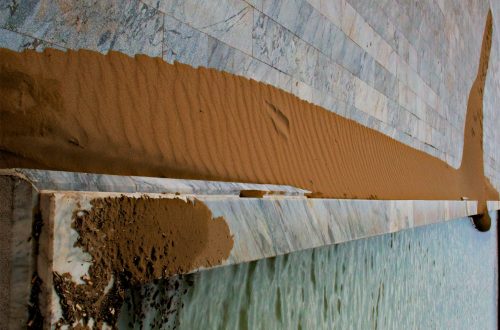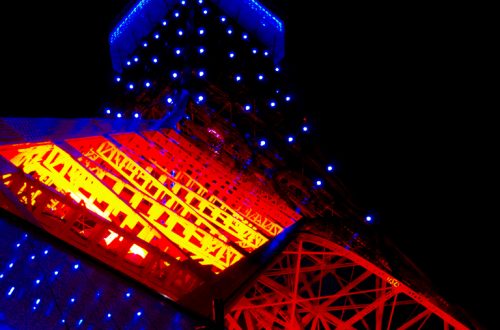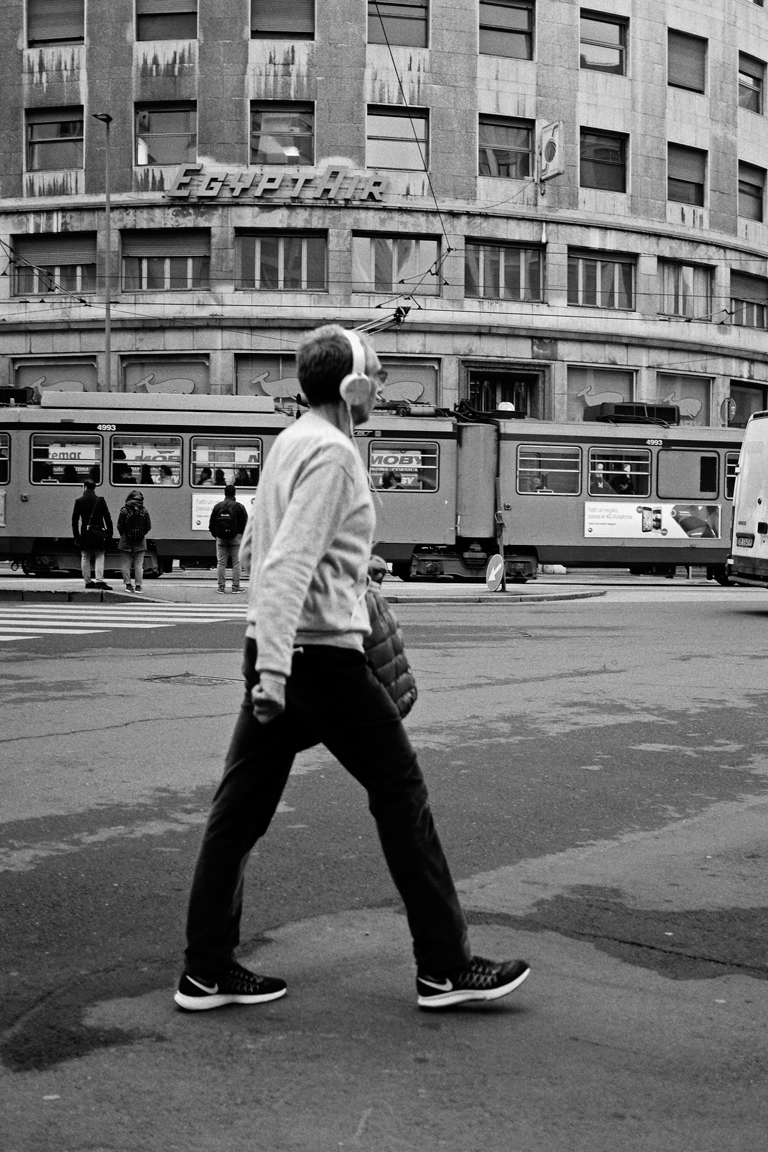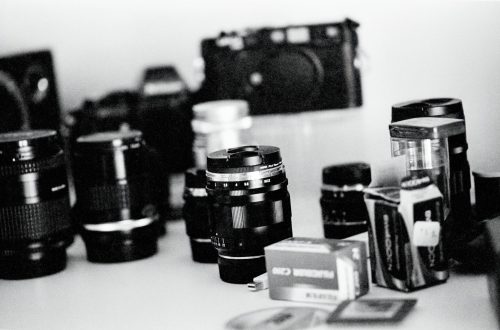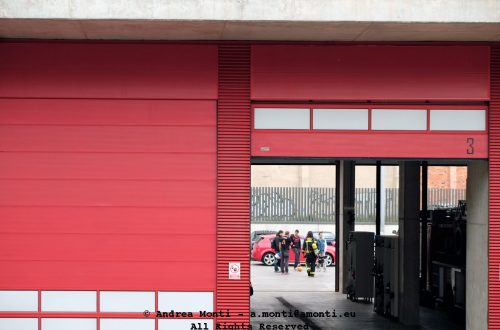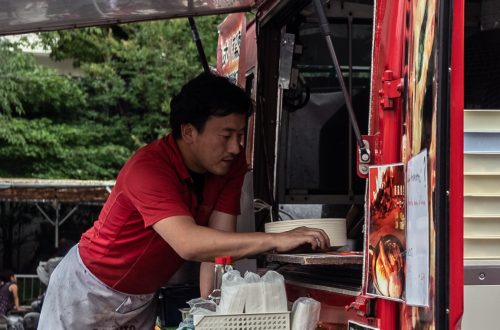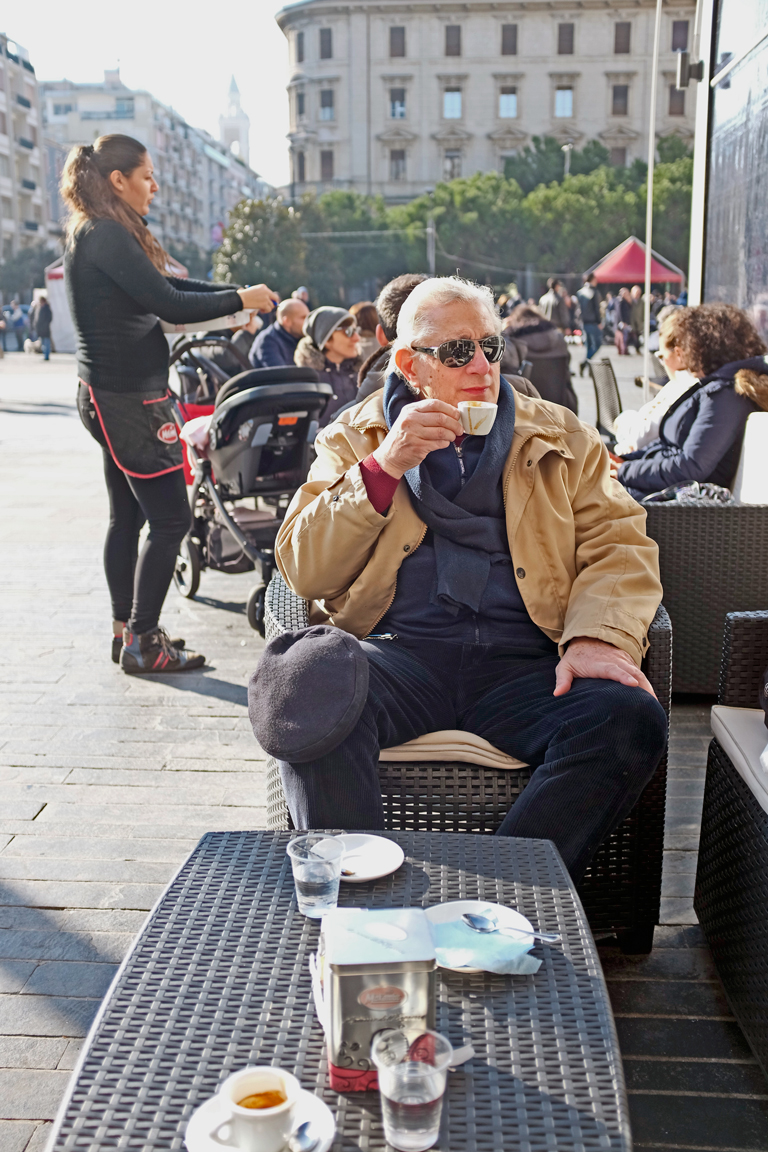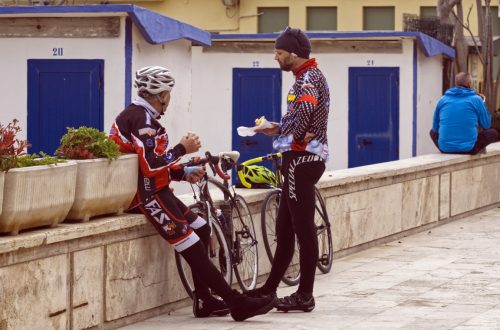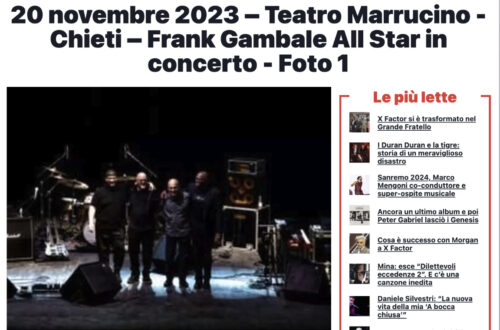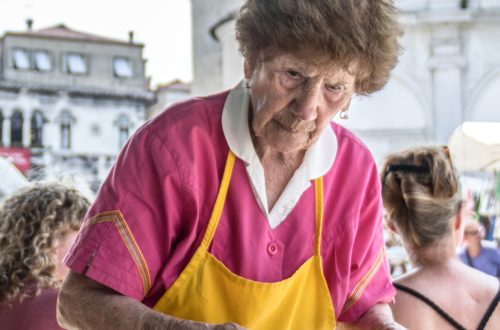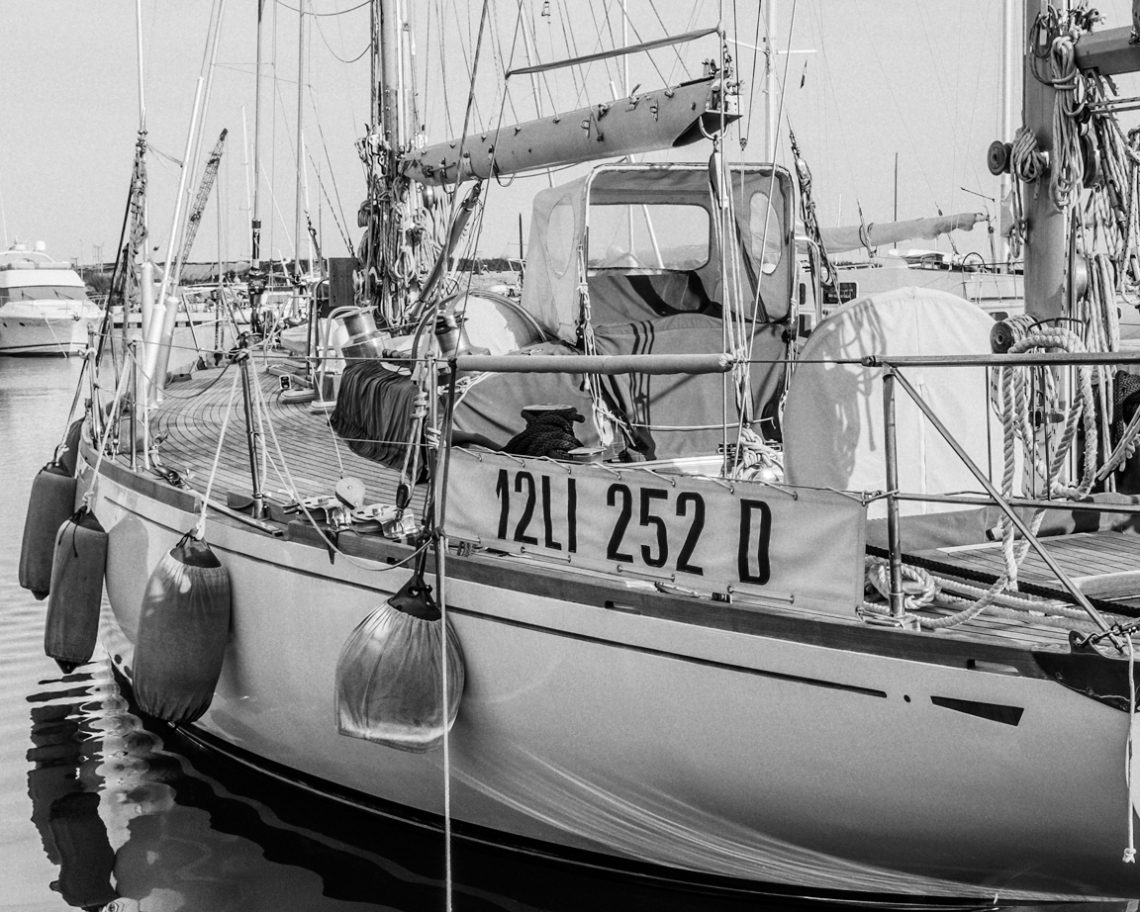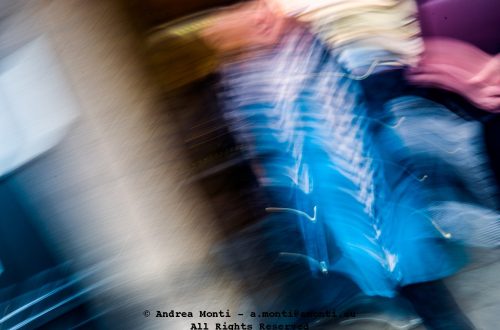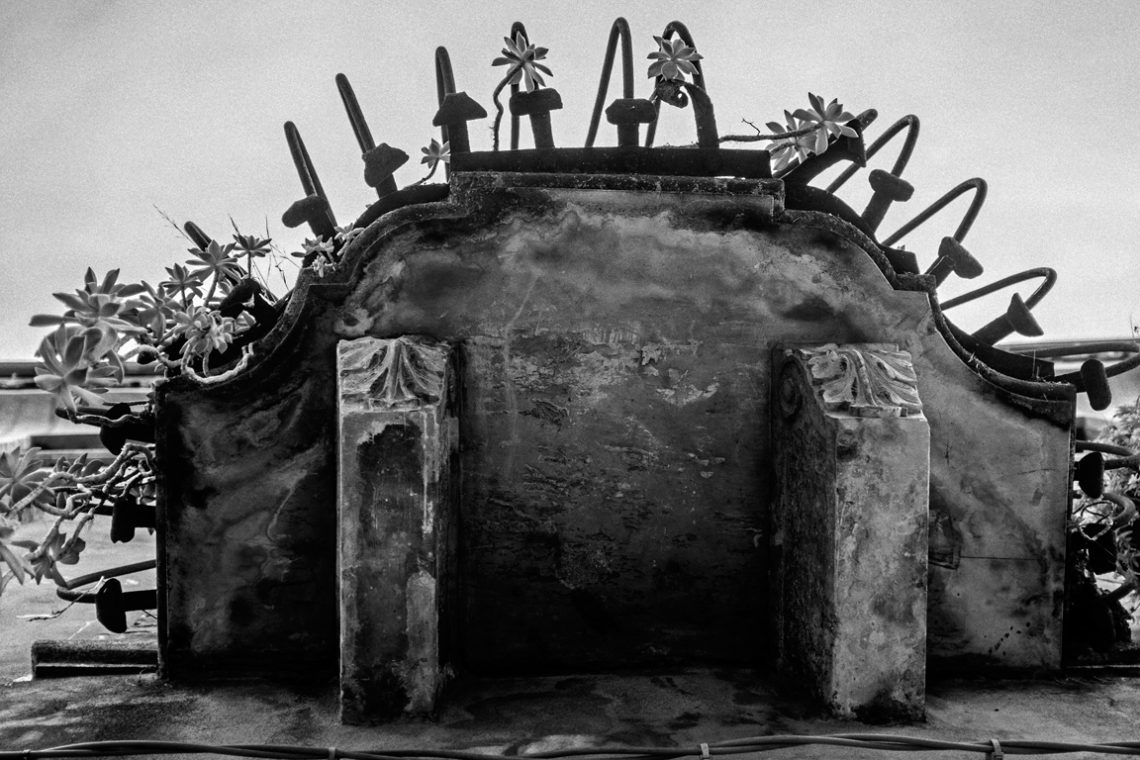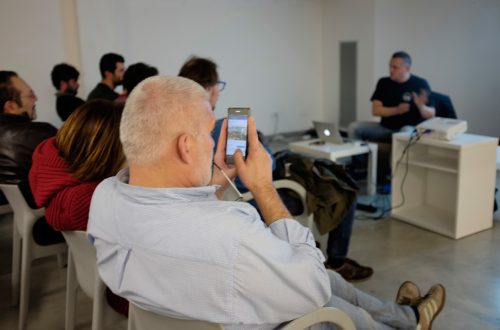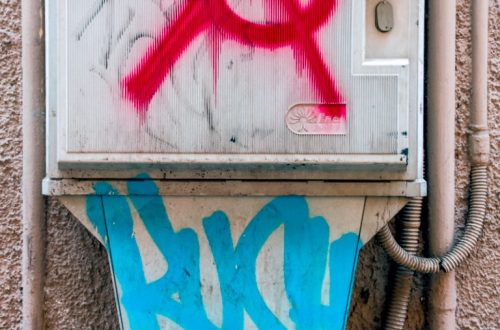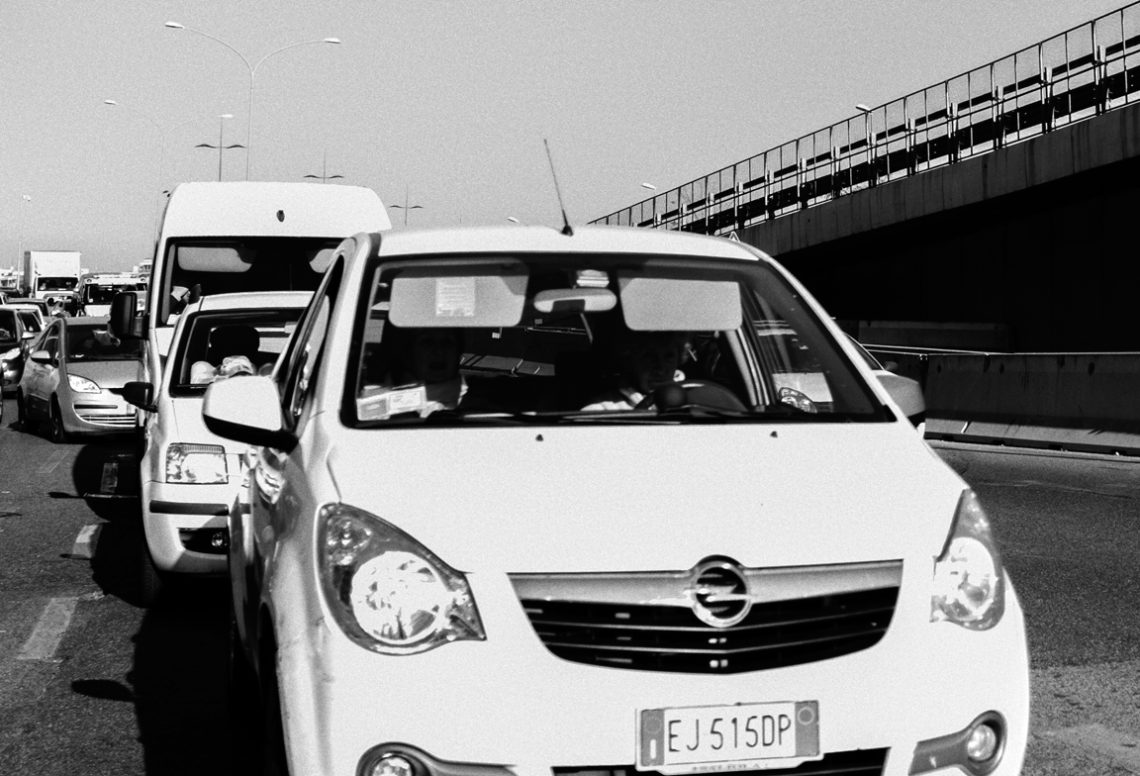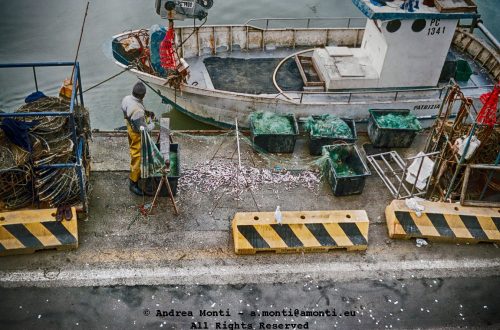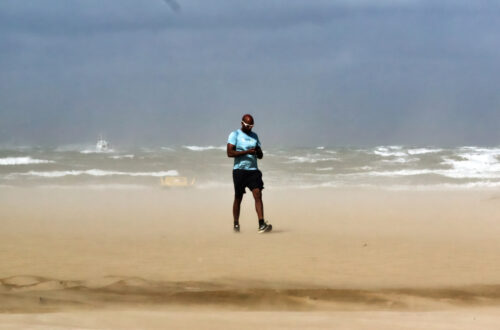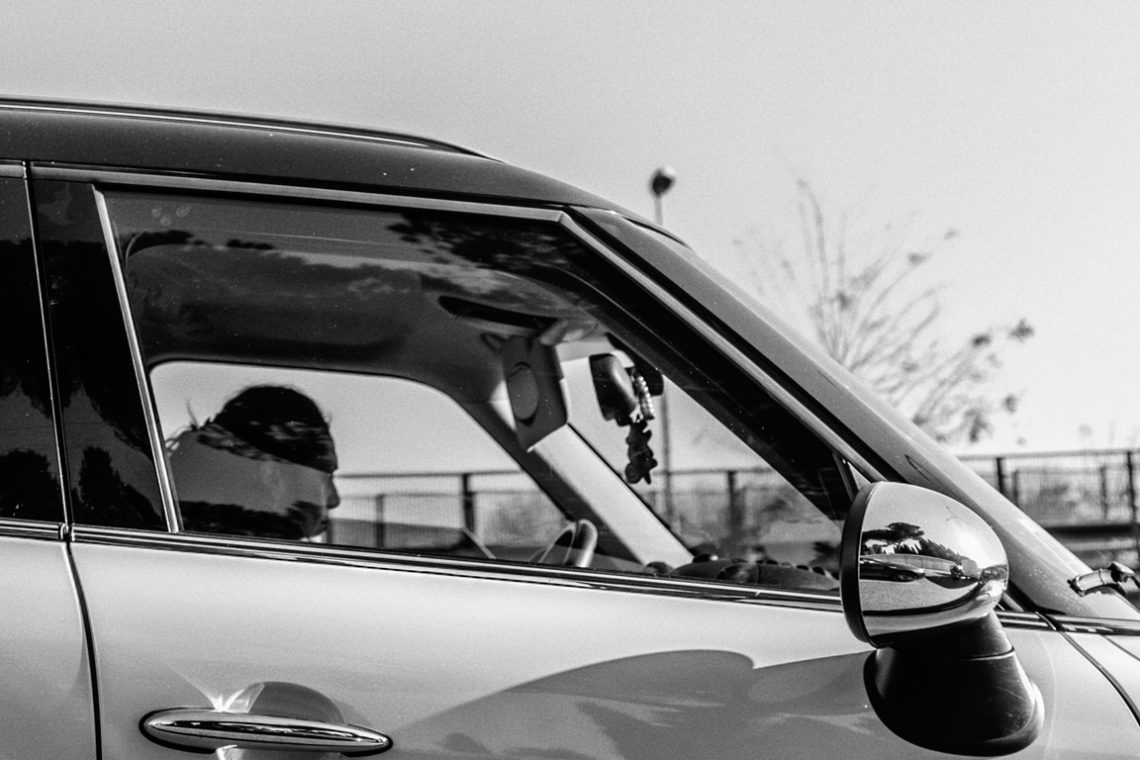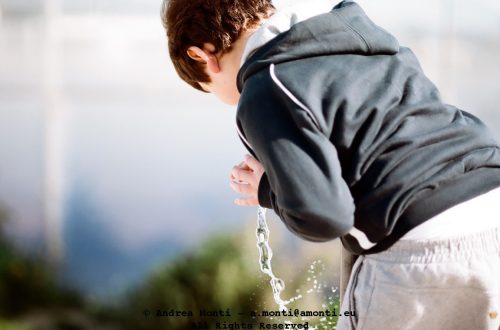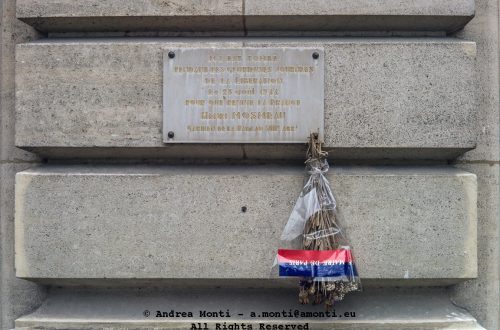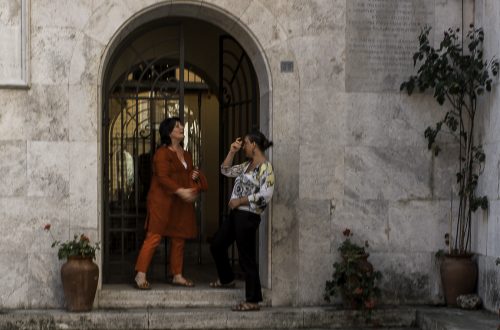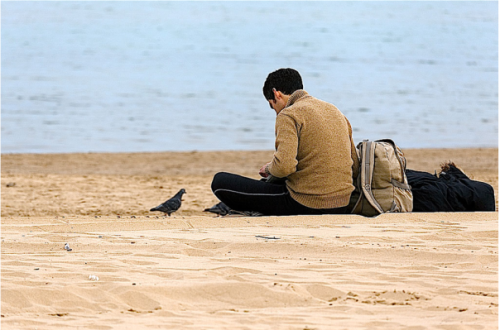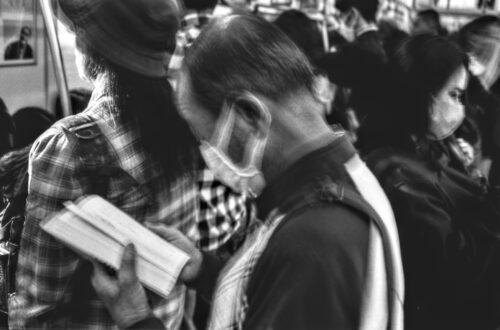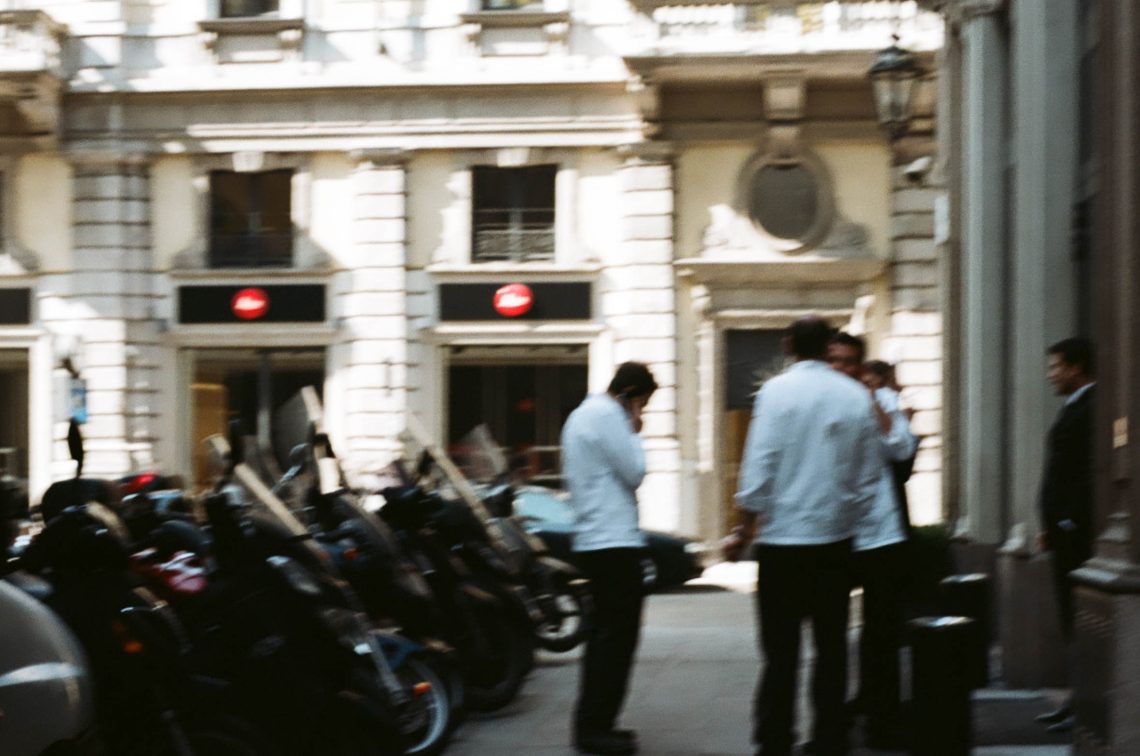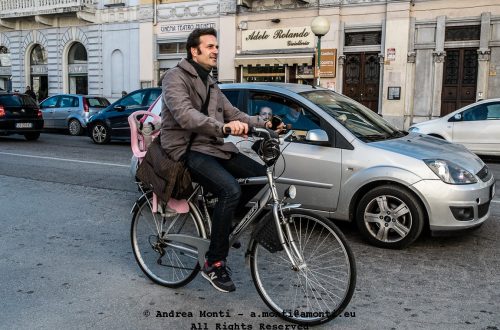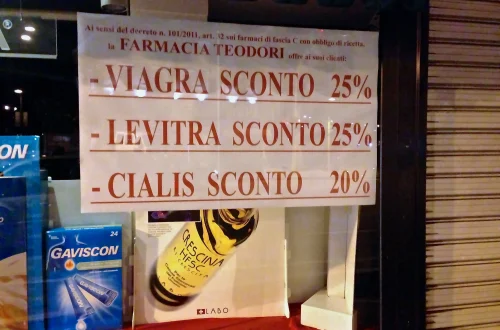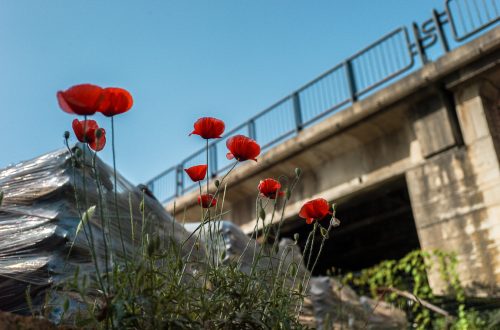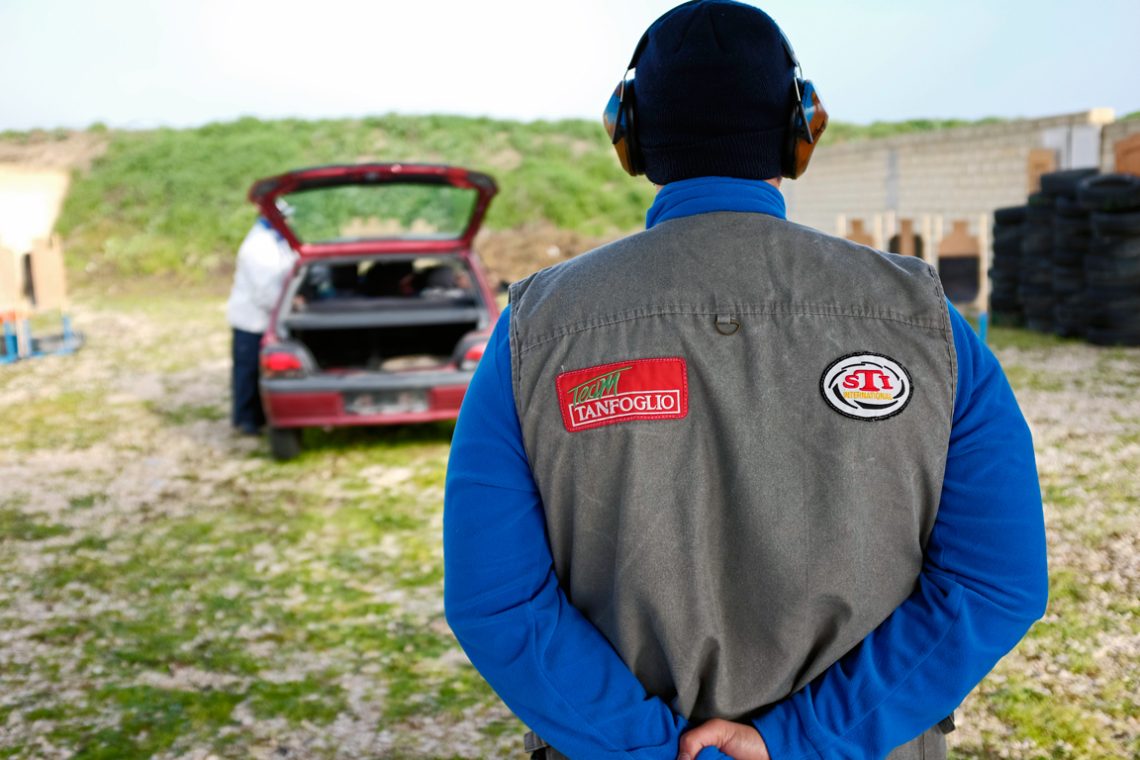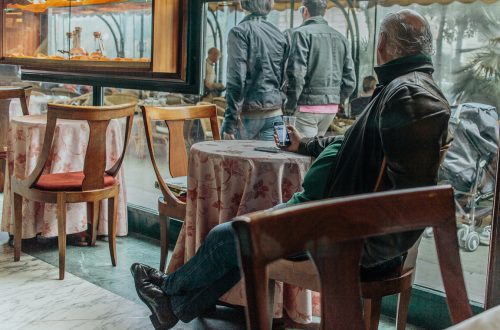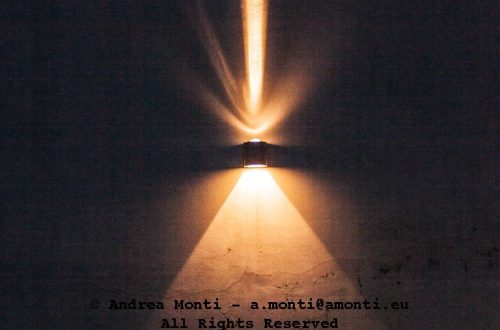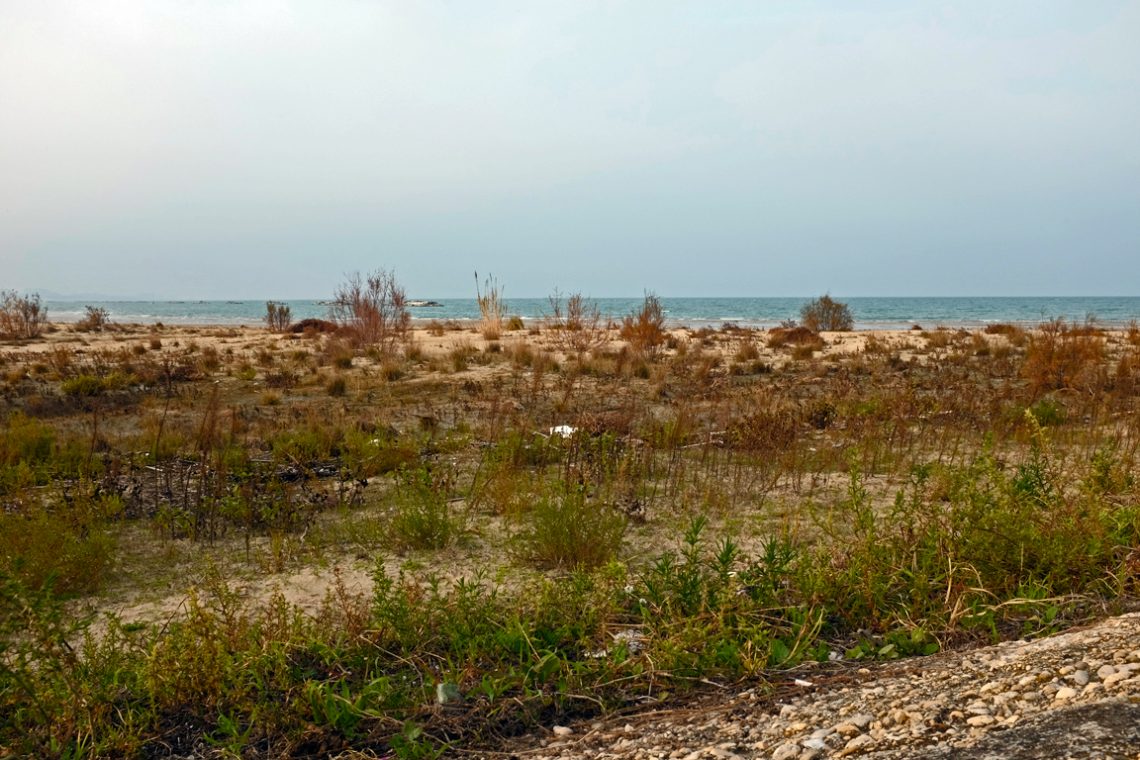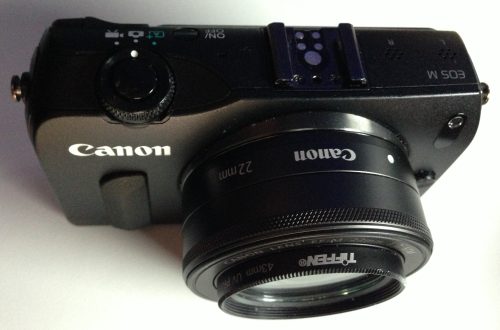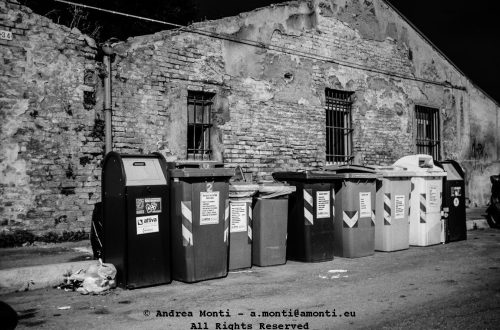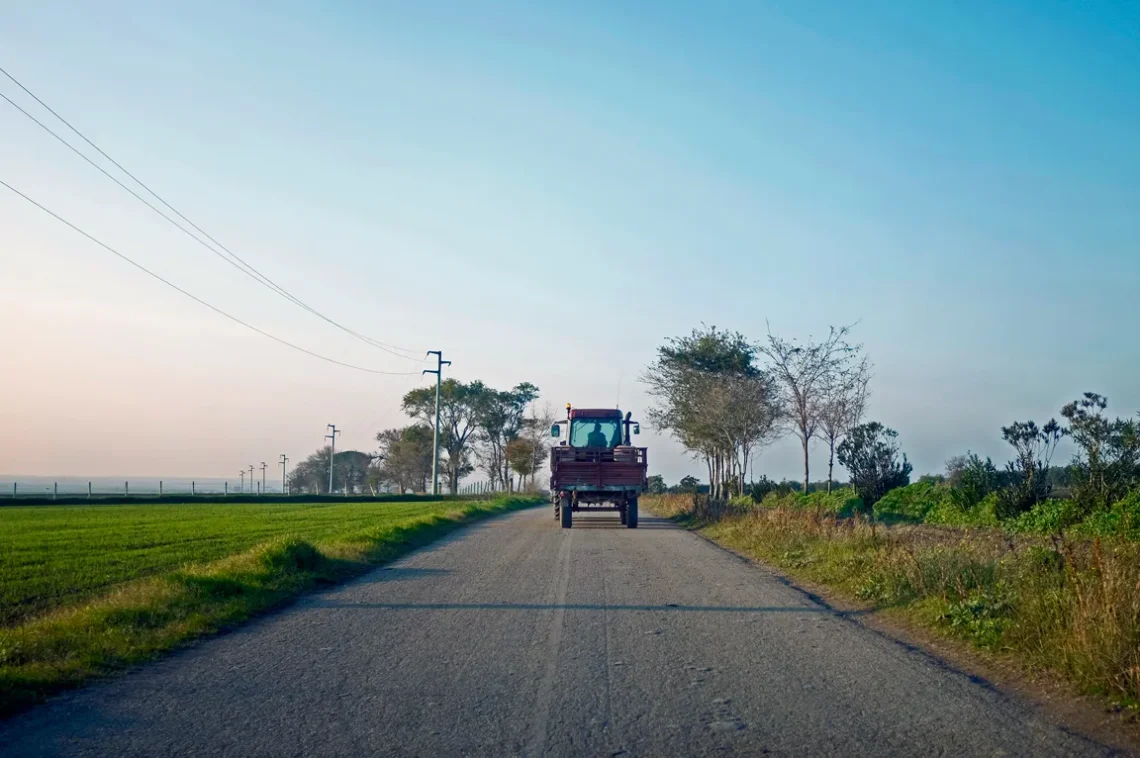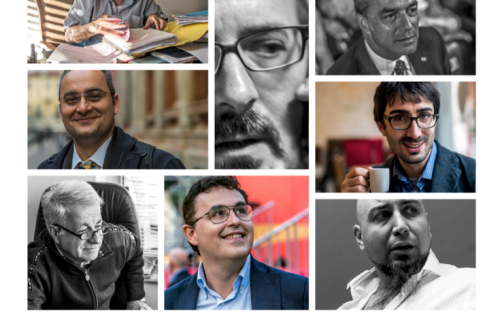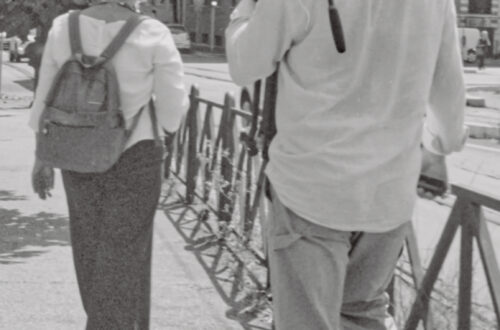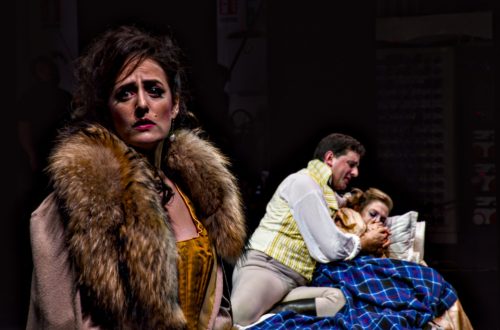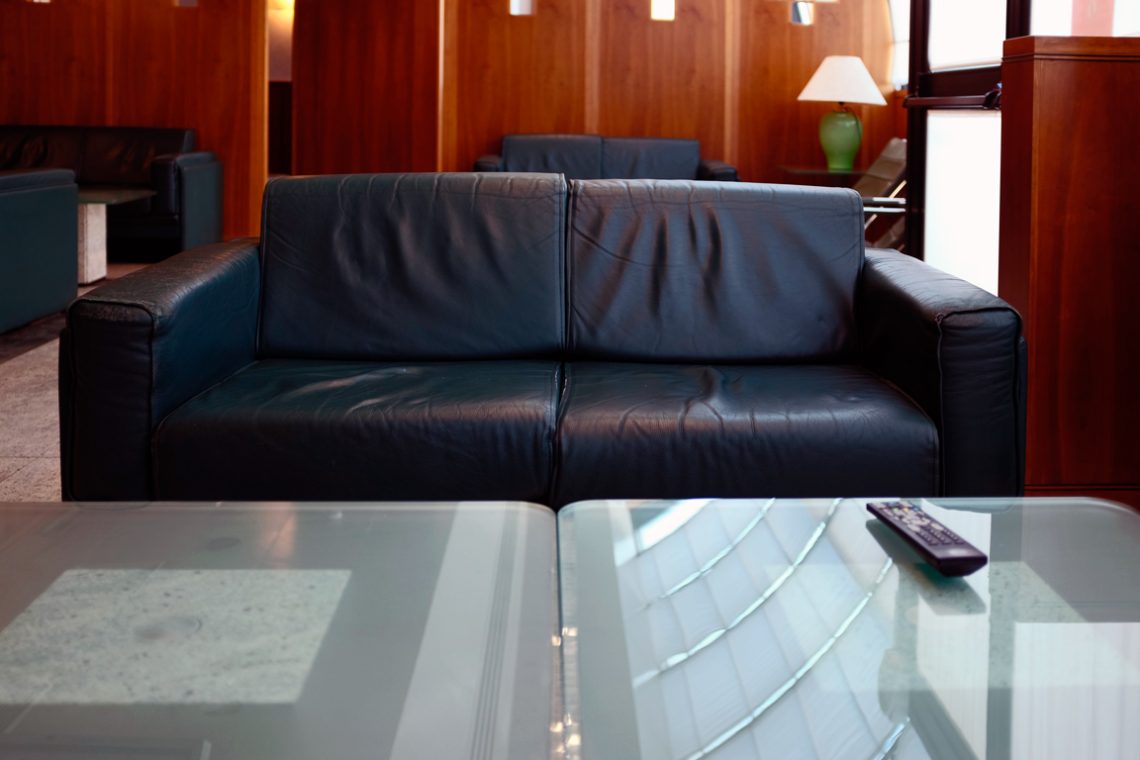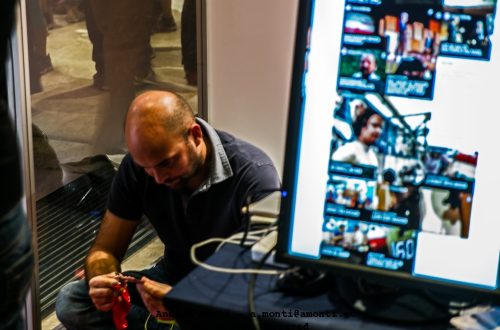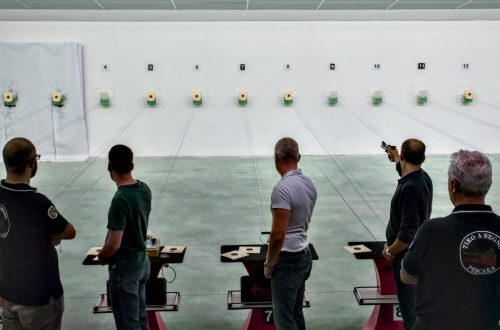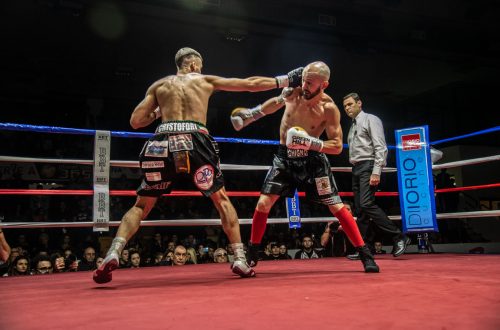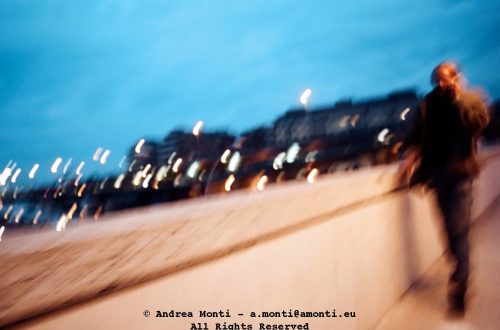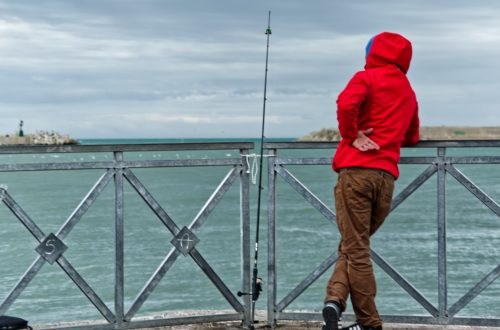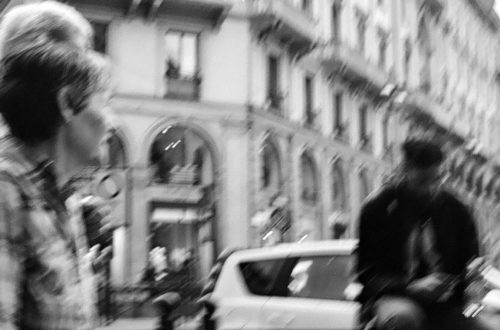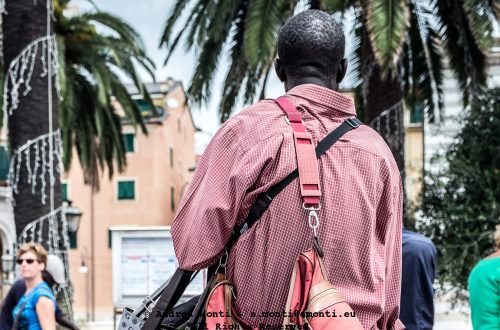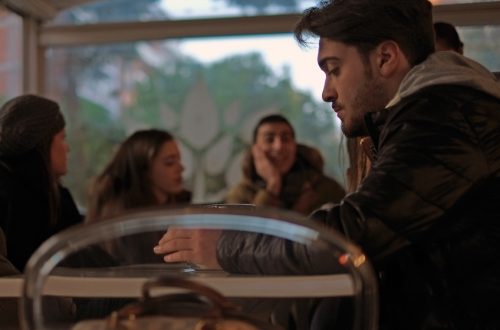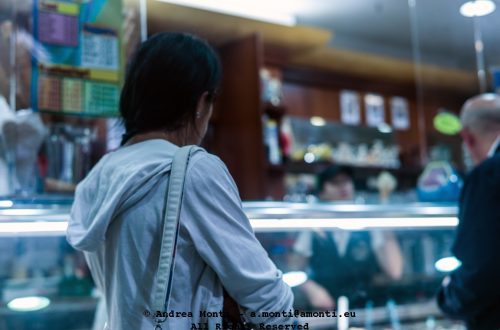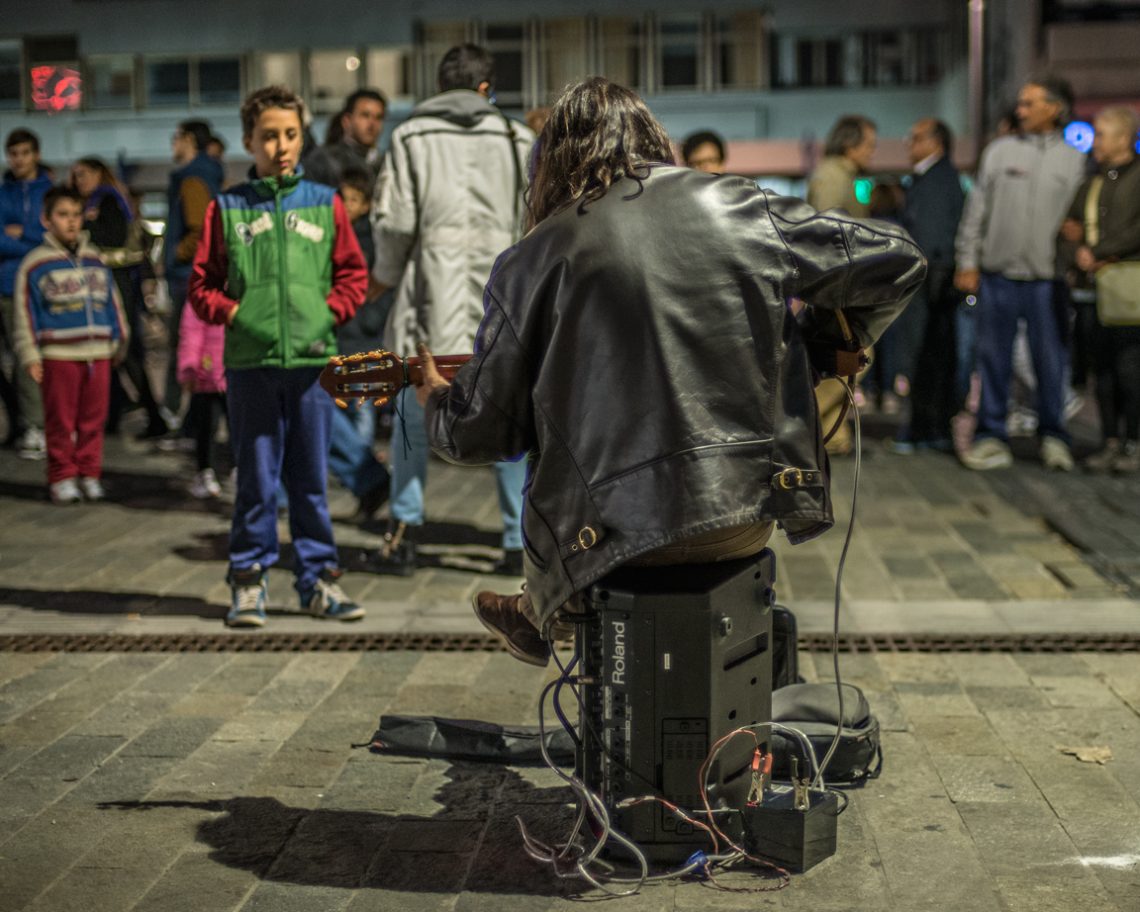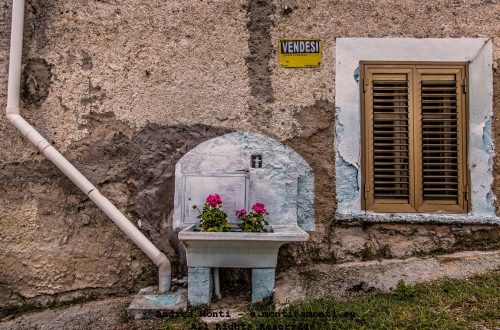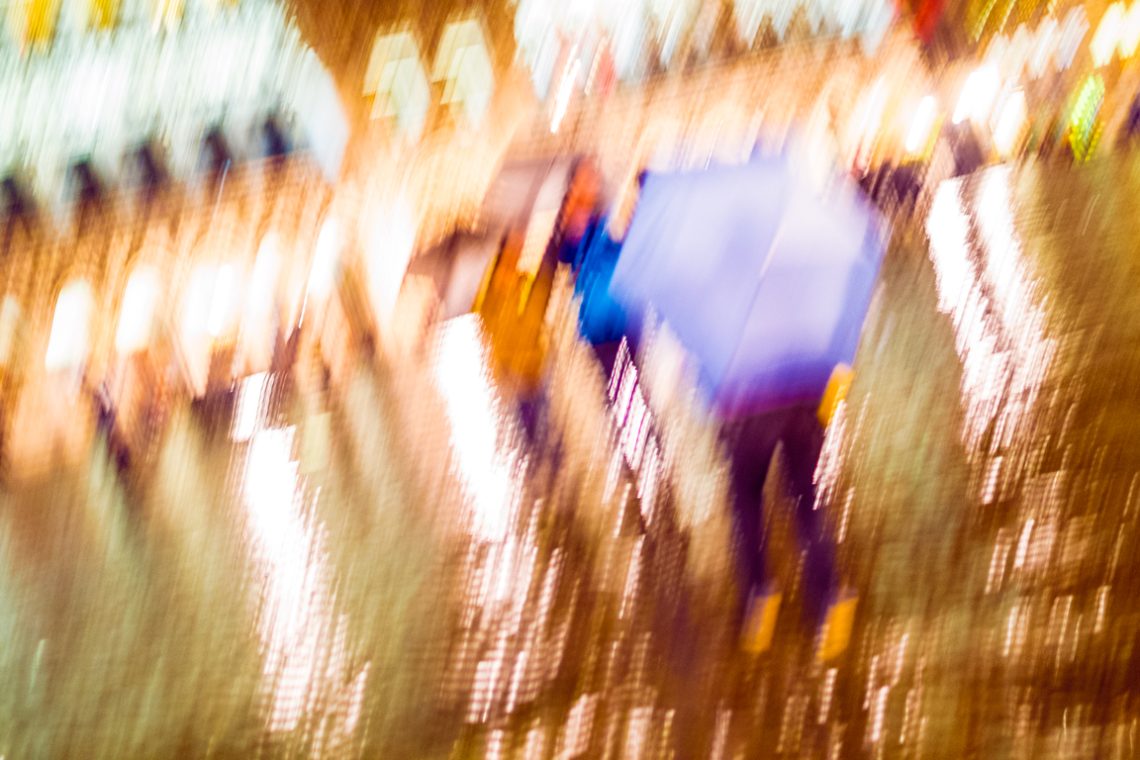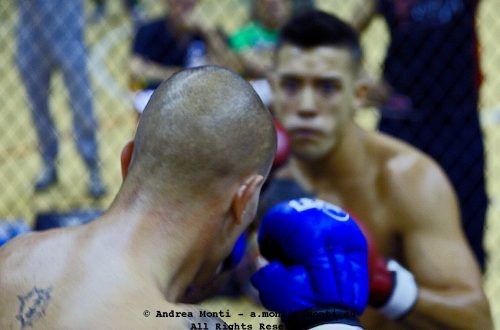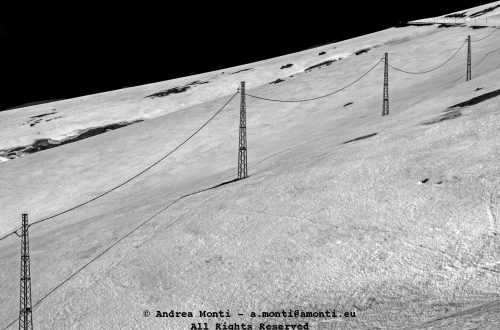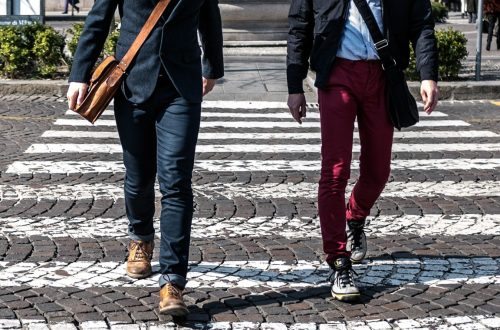-
The Watchman (Street-Photography Shortcuts)
As every thing under the sun, Street-Photography too has its own shortcuts: freaky street-portraits are one of those. It’s easy to have your pictures noticed when your subject is a 60-years old Brit-Punk, an implausible-color dressed man or whatever alike: these subjects do the work on your behalf and it is very hard to obtain such kind of picture AND conveying actual meaning. Personally I like photos that – alone or made meaningful by a title – can tell a story. This way I can try to (pretend to) make “unique” shots, that stand with dignity in front of the zillions of 500px/Instagram/Flickr’s great images that are often perfect but…
-
True Leather (Saved by Photoshop’s Crop)
A 35mm focal length is definitely much too wide for my kind of street-photography, but I must admit that the advantages of using a Fujifilm X100s in terms of efficiency and portability, beat any other issue related to the wideness of the lens. And the X100s’ resolution is good enough to obtain a good composition through Photoshop’s crop feature.
-
Fujifilm X-Pro 2: Does It Worth It? (Lost In Via Del Corso)
As a Fujifilm camera early adopter (during time I got the X-pro 1, X100, X100s, X-E1 and X-E2) I was waiting for the X-Pro 2 to come and when that finally happened I didn’t feel so compelled to trash my (now) old cameras to do the switch. Long gone are the days of GAS (Gear Acquisition Syndrome), so I shall not buy this new piece of electronics because it doesn’t do anything that I can’t do with my actual set up (in particular, with the X100s and the X-E2.) The only actual point of interest, to me, are the dual-slot card and the weather sealed body: but I never needed…
-
A Nikon’s Portrait Made With a Fuji
A Nikon camera strap curls into the lower left of the frame, its familiar yellow letters unmistakable to anyone who’s ever held one. Yet the photograph itself was taken with a Fujifilm—a quiet, almost private joke between photographer and viewer. The rest of the image leans into misdirection. The camera is not the subject, at least not in the obvious way. Centre stage belongs to a pair of hands opening a quilted leather handbag, rings catching the light, fingertips poised in the act of searching or arranging. The fabrics, textures, and colours—matte grey, deep burgundy, soft velvet—compete gently for attention. The Nikon strap rests there almost incidentally, but of course…
-
Reflexes
-
Labcoats In A Moment Of Rest
The lab was quiet. Machines still hummed, but the people had stepped away—lunch maybe, or a seminar down the corridor. I found this row of coats, slack and ghostlike, lined up with the kind of accidental symmetry that only happens when no one’s trying. Each hook bore a name: Stef, Erica, Anna, Sara, Giorgio… markers of identity in a place that prizes protocol over personality. Shot on a Canon 5D Mark II with the 24–105, the image leaned into its neutrality. No attempt to stylise the whites or fake a sterile glow. The coats were wrinkled, some slightly yellowed at the seams. I kept the exposure honest—highlights restrained just below…
-
Last Puff Before the Ride
-
Busy
-
Earbuds
A man crosses the street in mid-stride, headphones enclosing him in his own private world. Behind him, a line of people stands at the tram stop, their stillness a counterpoint to his movement. The tram, painted in tired colours, seems almost fixed in place, its presence dwarfed by the weathered façade of the building above. The sign EgyptAir—faded, peeling—hangs over the scene like an echo from another time, hinting at journeys and destinations that have little to do with this grey urban moment. The building’s windows are uneven in tone, some dark, some reflecting a pale sky, all framed by streaks of wear from decades of weather. What draws the eye…
-
One Coffee
-
A Vessel
I’ve always found that photographing boats is an exercise in balance—between structure and fluidity, between the hard geometry of rigging and the soft, shifting water beneath. This image leans into that duality beautifully. The yacht sits clean and confident in the frame, its hull catching the light in a way that reveals every subtle curve, while the fenders hang like punctuation marks, breaking up the strong horizontal line of the deck. Shot in black and white, the absence of colour shifts the viewer’s attention to texture and tonal separation. The polished deck, taut ropes, and the soft reflections in the harbour water each have their own surface quality. The exposure…
-
Romeo’s Hideout
-
Traffic Jam in Rome
Traffic Jam in Rome turns a mundane urban frustration into a tightly composed study of rhythm, glare, and human impatience. Shot in black and white, the image removes the distraction of colour, allowing form, texture, and contrast to carry the story. CompositionThe frame is dominated by the lead vehicle, a small Opel, positioned slightly off-centre but close enough to the lens to dwarf the rest of the scene. Its mass blocks the viewer’s way forward, much as the driver is blocked in reality. The eye then steps back through a staggered row of vehicles, each one receding into the compressed depth of traffic, until it meets the horizon cluttered with more…
-
The Coffin
-
The Last Barrell
There’s a certain poetry in objects long past their prime, and this image captures that sentiment with quiet precision. An old Q8 Oils barrel, mottled with rust and flaking paint, leans against a crumbling brick wall, its chain slack and purposeless. It feels abandoned yet still carries the weight of its former function — an industrial relic in a state of slow surrender to the elements. From a compositional standpoint, the photograph benefits from its simplicity. The barrel occupies a dominant position in the frame, slightly off-centre, drawing the viewer’s eye immediately to the texture of its surface. The chain provides a subtle vertical counterpoint to the horizontal curvature of…
-
A (Out-of-Focus) Break Between Lunch and Supper
-
On the Range
Some photographs work because of what they don’t show. This one places us directly behind the central figure, hands clasped loosely at the back, body framed squarely in the centre of the image. The ear protection, branded shooting vest, and steady stance make it clear we’re at a firing range, but the subject’s face — and therefore any emotional cue — is withheld. We are instead invited to take in the scene from their perspective, sharing their field of vision, yet also remaining an observer of them. Compositionally, the image uses depth effectively. The open car boot in the middle ground, with its blurred figure in white, provides a counterpoint…
-
Unkempt
-
Lost in Le Puglie
There are roads in Puglia that don’t go anywhere fast. This was one of them. Shot from behind the wheel, somewhere between nowhere and nowhere else, I caught this image of a slow-moving tractor framed by empty fields and a sky too wide to hold. The road is narrow, uneven, old—but it doesn’t complain. Like most things around here, it does its job without fuss. The light was gentle, just after afternoon, slipping into that moment where colour fades softly rather than drops off. The greens were still sharp, the sky leaning pale toward evening, and everything felt settled. No drama. No rush. What drew me in wasn’t the tractor…
-
Priority Pass Lounge at Fiumicino Airport
A black leather sofa sits squarely in the centre, its creases marking years of passengers waiting, resting, or passing time. In front, a glass table reflects the curved lines of the airport ceiling above, while a remote control lies to one side, a small symbol of temporary control in a transient space. The setting is clean but impersonal, designed for comfort without intimacy. Composition is frontal and symmetrical. The sofa occupies the full width, anchoring the frame, while the table stretches forward as an intermediary between viewer and seat. Depth is layered by repetition: another sofa behind, a lamp, wood-panelled walls. The geometry enforces a sense of order, reinforcing the…
-
Cold Stuff
-
Perfectly Framed
Shot mid-morning, full sun. The geometry did the work before I raised the camera—white steel structure aligned perfectly with the vanishing line of the tiled path. I didn’t move to exaggerate it. I centred and waited. The figure stepped into place on her own. No staging, no instruction. The image hinges on alignment. Horizon dead flat. Frame edges square. The walkway pulls the eye through sand to sea, leading to the human anchor: black silhouette, back turned, red scarf cutting the blue. She’s secondary in scale but critical in balance. Focus was locked on the frame structure. Aperture at f/8 gave enough depth to keep the figure and horizon legible…
-
A Modern Orpheus
Shot in a southern Italian city on a humid evening, this frame owes as much to the ambient noise as it does to light. The man with the guitar wasn’t playing to be heard. He was playing because he had to—sitting on his amp, cables like roots spilling out beneath him. What I saw through the viewfinder was not a performer, but a figure entirely absorbed, distanced from the crowd that had only half noticed he was even there. The Orphic analogy came naturally—not out of romanticism, but necessity. Like the myth, he’s turned away from the world, pleading into the void for something irretrievable. His face is hidden, not…
-
Washed
